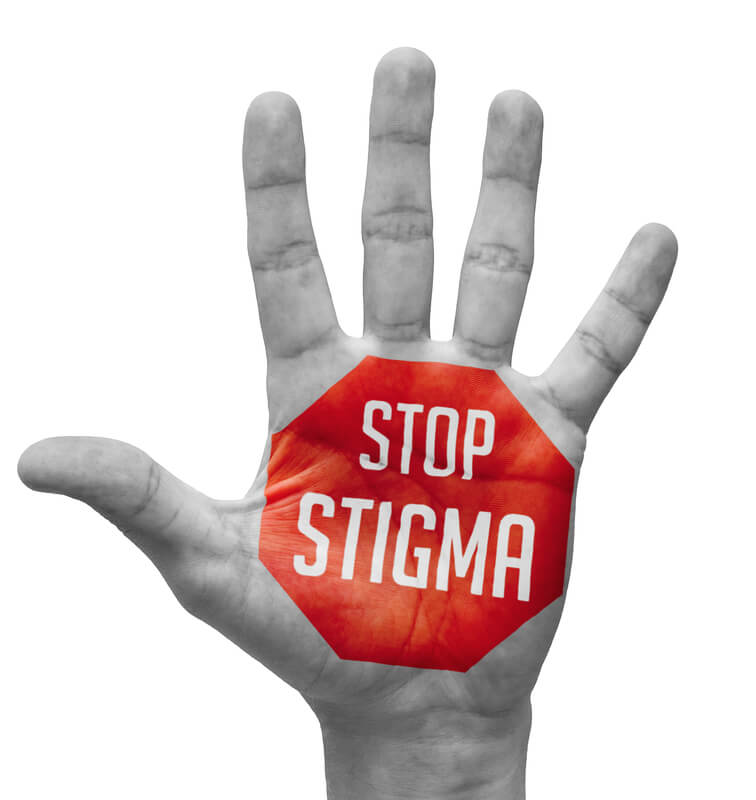Reducing the stigma associated with mental illness
Misunderstanding and fear often leads to prejudice against those with mental illness. This prejudice may lead to feelings of hopelessness and shame in those struggling to cope with their situation. These feelings often prevent people from seeking treatment.
Listed here are steps to reduce the stigma associated with mental illness:
- Be aware of your attitudes towards mental illness. Become aware of your own stereotypes around mental illness.
- Learn more about how mental illness impacts students and families. There are many web resources and tutorials to learn more. Sites like CAMH.org and NAMI.org have tutorials to help you learn more. Once you have learned more, educate others about mental illness. Passing along facts and information to others helps to reduce misinformation and stigma. It’s the first step in helping others understand.
- Choose your words carefully. The way we speak can affect the attitudes of others.
- Provide support for those dealing with mental illness. See the person, not the illness. Encouragement lets others know that you are willing to listen and they are not alone.
- Your words matter. Avoid using hurtful words and labels when talking about mental illness. Use respectful terms when discussing with others. Instead of “the mentally ill” use “people with a mental illness” and instead of “committed suicide” use “died by suicide”. When you hear someone use harmful language, let them know the more respectful ways to talk about mental illness.
- Several national organizations have campaigns to help reduce stigma. NAMI’s Stigma Free campaign is an example of resources to create awareness for yourself and others. Working together we can help remove barriers for those living with and supporting those with mental health conditions.

